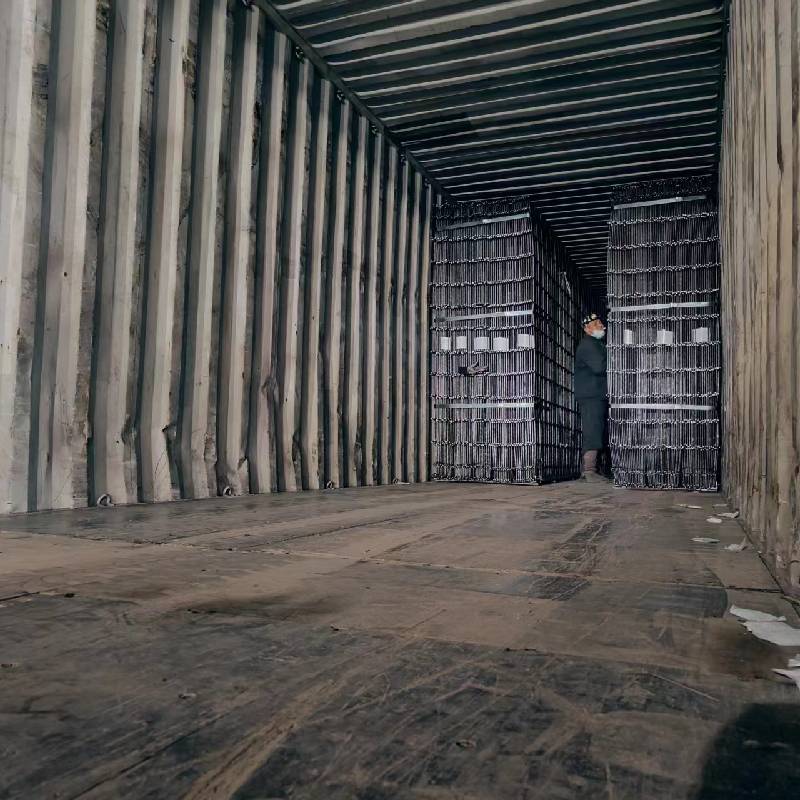
- Mobile Phone
- +8613931874955
- sales@cntcmetal.com
Exploring Innovative Solutions for Effective Cattle Grazing and Secure Fencing Systems
The Importance of Cattle Grid Fences in Livestock Management
Cattle farming is an essential component of agriculture that provides food, clothing, and various by-products necessary for modern life. One of the critical aspects of effective cattle management is ensuring the safety and well-being of the livestock while protecting the surrounding environment. This is where cattle grid fences come into play. Cattle grid fences are specialized barriers designed to keep cattle contained within a specified area while allowing vehicles and other smaller creatures to pass freely. They are indispensable tools for ranchers and farmers, and their importance cannot be overstated.
Cattle grid fences serve several critical functions. First and foremost, they provide a secure containment system for livestock. Unlike traditional fencing, which can be time-consuming and labor-intensive to install, cattle grids are easier to maintain and can withstand the stresses imposed by large livestock. These grids prevent cattle from wandering off into roads or neighboring properties, which not only protects the animals but also reduces the risk of accidents involving vehicles. This is especially relevant in rural areas where roads might be frequented by heavy traffic.
Another notable advantage of cattle grid fences is their effectiveness in conserving land. They allow farmers to create distinct grazing areas without the need for extensive fencing. This not only reduces the material costs associated with building and maintaining traditional fences but also minimizes the environmental impact of farming operations. Moreover, cattle grids enable rotational grazing practices, which can improve land health and sustainability by allowing pastures to recover.
cattle grid fence

In addition to being cost-effective and land-saving, cattle grid fences can enhance the overall efficiency of ranch operations. They facilitate easier movement of machinery and vehicles across pastures without the constant need to open and close gates. This accessibility allows farmers to transport feed, water, and other supplies to various parts of their operations swiftly. Additionally, cattle grids can streamline the process of moving livestock from one area to another, ensuring that ranchers can manage their herds efficiently, thereby improving productivity.
Moreover, from a safety standpoint, the risk of injury to both livestock and humans is significantly reduced with the installation of cattle grids. Traditional gates often require heavy lifting or mechanical assistance to operate, which can pose a risk of injury. Cattle grids eliminate the need for openings and closings, allowing for a seamless transition from one section of land to another. This is particularly valuable during inclement weather when closing gates may become tedious and hazardous.
It's also important to consider the legal implications of cattle management. Many jurisdictions require landowners to maintain secure fencing around their livestock. By installing cattle grid fences, farmers not only comply with these regulations but also contribute to the welfare of their animals and the community. Well-managed ranches lead to reduced property damage and minimize the potential for disputes with neighbors.
In conclusion, cattle grid fences represent a vital innovation in livestock management. They offer a functional solution for containing cattle while providing several added benefits, including land conservation, enhanced operational efficiency, and improved safety. As the agricultural industry continues to evolve to meet the demands of a growing population, tools like the cattle grid fence will be fundamental in fostering sustainable farming practices. For ranchers looking to strike a balance between productivity and animal welfare, adopting cattle grid fencing can be a step toward a more efficient and responsible approach to livestock management.
share:
-
Your Source for Concrete Wall Ties and Masonry AccessoriesNewsJul.10,2025
-
Unlocking the Power of Iron Wire for Every ProjectNewsJul.10,2025
-
Explore Advanced Chain Wire and Stainless Steel Mesh FencingNewsJul.10,2025
-
Discover the Benefits of Annealed Wire ProductsNewsJul.10,2025
-
Discover China Stainless Steel Wire Mesh SolutionsNewsJul.10,2025
-
Build with Confidence Using High-Performance Masonry AccessoriesNewsJul.10,2025
-
Why Sacrificial Formwork Is Redefining Underground ConstructionNewsJun.06,2025



















